博文
2023年9月嘲风作品集(三)
||
▲ Vol 23 Issue 17 | 13 September , 2023
Peritoneal Gene Transfection of Tumor Necrosis Factor-Related Apoptosis-Inducing Ligand for Tumor Surveillance and Prophylaxis
Nasha Qiu, Zhen Zhang, Xuyong Wei, Chang Xu, Xiaolong Jia, Kai Wang, Yunqi Chen, Shuai Wang, Renyi Su, Beini Cen, Youqing Shen, Chunying Chen, Yanpeng Liu, and Xiao Xu
Peritoneal metastasis is very common in gastrointestinal, reproductive, and genitourinary tract cancers in late stages or postsurgery, causing poor prognosis, so effective and nontoxic prophylactic strategies against peritoneal metastasis are highly imperative. Herein, we demonstrate the first gene transfection as a nontoxic prophylaxis preventing peritoneal metastasis or operative metastatic dissemination. Lipopolyplexes of TNF-related-apoptosis-inducing-ligand (TRAIL) transfected peritonea and macrophages to express TRAIL for over 15 days. The expressed TRAIL selectively induced tumor cell apoptosis while exempting normal tissue, providing long-term tumor surveillance. Therefore, tumor cells inoculated in the pretransfected peritoneal cavity quickly underwent apoptosis and, thus, barely formed tumor nodules, significantly prolonging the mouse survival time compared with chemotherapy prophylaxis. Furthermore, lipopolyplex transfection showed no sign of toxicity. Therefore, this peritoneal TRAIL-transfection is an effective and safe prophylaxis, preventing peritoneal metastasis.
https://pubs.acs.org/doi/10.1021/acs.nanolett.3c01568
▲ Vol 41 Issue 03 | 15 September , 2023
海洋学研究
http://hyxyj.sio.org.cn/CN/volumn/volumn_46.shtml
▲ Vol 145 Issue 37 | 20 September , 2023
Net-Shaped DNA Nanostructures Designed for Rapid/Sensitive Detection and Potential Inhibition of the SARS-CoV-2 Virus
Neha Chauhan, Yanyu Xiong, Shaokang Ren, Abhisek Dwivedy, Nicholas Magazine, Lifeng Zhou, Xiaohe Jin, Tianyi Zhang, Brian T. Cunningham, Sherwood Yao, Weishan Huang, and Xing Wang
We present a net-shaped DNA nanostructure (called “DNA Net” herein) design strategy for selective recognition and high-affinity capture of intact SARS-CoV-2 virions through spatial pattern-matching and multivalent interactions between the aptamers (targeting wild-type spike-RBD) positioned on the DNA Net and the trimeric spike glycoproteins displayed on the viral outer surface. Carrying a designer nanoswitch, the DNA Net-aptamers release fluorescence signals upon virus binding that are easily read with a handheld fluorimeter for a rapid (in 10 min), simple (mix-and-read), sensitive (PCR equivalent), room temperature compatible, and inexpensive (~$1.26/test) COVID-19 test assay. The DNA Net-aptamers also impede authentic wild-type SARS-CoV-2 infection in cell culture with a near 1 × 103-fold enhancement of the monomeric aptamer. Furthermore, our DNA Net design principle and strategy can be customized to tackle other life-threatening and economically influential viruses like influenza and HIV, whose surfaces carry class-I viral envelope glycoproteins like the SARS-CoV-2 spikes in trimeric forms.
https://pubs.acs.org/doi/10.1021/jacs.2c04835
▲ Vol 145 Issue 38 | 27 September , 2023
Photozyme-Catalyzed ATP Generation Based on ATP Synthase-Reconstituted Nanoarchitectonics
Zibo Li, Fanchen Yu, Xia Xu, Tonghui Wang, Jinbo Fei, Jingcheng Hao, and Junbai Li
We demonstrate that ATP synthase-reconstituted proteoliposome coatings on the surface of microcapsules can realize photozyme-catalyzed oxidative phosphorylation. The microcapsules were assembled through layer-by-layer deposition of semiconducting graphitic carbon nitride (g-C3N4) nanosheets and polyelectrolytes. It is found that electrons from polyelectrolytes are transferred to g-C3N4 nanosheets, which enhances the separation of photogenerated electron–hole pairs. Thus, the encapsulated g-C3N4 nanosheets as the photozyme accelerate oxidation of glucose into gluconic acid to yield protons under light illumination. The outward transmembrane proton gradient is established to drive ATP synthase to synthesize adenosine triphosphate. With such an assembled system, light-driven oxidative phosphorylation is achieved. This indicates that an assembled photozyme can be used for oxidative phosphorylation, which creates an unusual way for chemical-to-biological energy conversion. Compared to conventional oxidative phosphorylation systems, such an artificial design enables higher energy conversion efficiency.
https://pubs.acs.org/doi/10.1021/jacs.3c06090
▲ Vol 11 Issue 36 | 28 September , 2023
A reusable dual functional Mo2C catalyst for rapid hydrogen evolution by Mg hydrolysis
Kashif Naseem, Hao Zhong, Wenbin Jiang, Mili Liu, Chengguang Lang, Kang Chen, Liuzhang Ouyang and Jianmei Huang
Room-temperature hydrogen generation by Mg hydrolysis provides an economical strategy for on-site hydrogen supply with high capacity and environmentally friendly by-products. However, slow reaction kinetics hinders the upscaling of this technology. In this study, a low-cost Mo2C catalyst was ball milled with Mg to produce a Mg–Mo2C composite, which can be easily scaled up for manufacturing. The resulting composite exhibited rapid hydrolysis in seawater, generating over 851 mL g−1 hydrogen in 10 min. Moreover, Mo2C maintained a high catalytic activity after recycling, and a hydrogen yield of over 90% after five cycles. The catalytic mechanism study indicated that the micro galvanic cell and well-combined Mg–Mo2C interface formed during ball milling significantly enhanced the hydrolysis performance. Therefore, this work provides a cost-efficient and easy scale-up strategy for modifying Mg hydrolysis kinetics and opens new avenues for studying the relationship between material hydrolysis and hydrogen evolution reaction catalysts.
https://pubs.rsc.org/en/content/articlelanding/2023/ta/d3ta02163g
<静远嘲风动漫传媒科技中心>设计制作
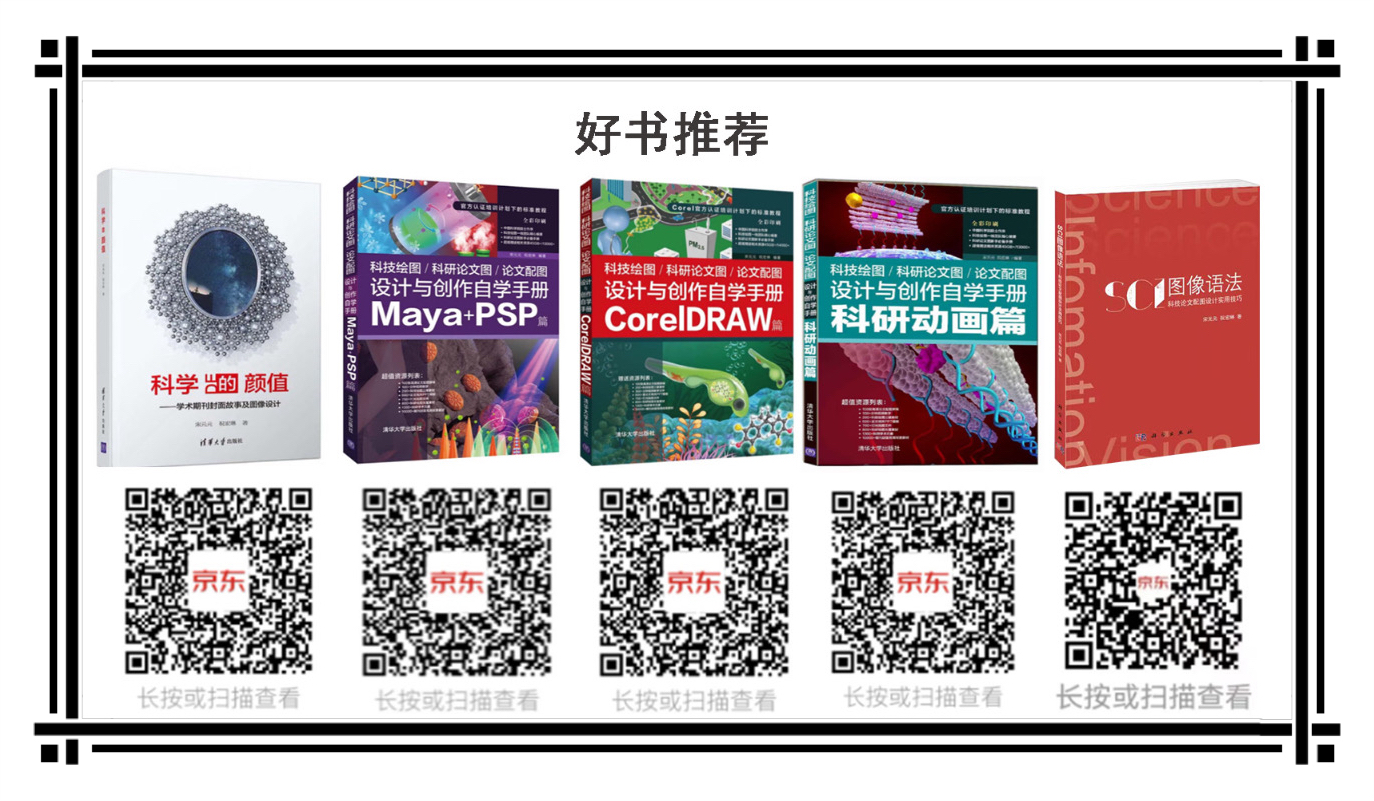
购书链接:
☆科学的颜值:学术期刊封面故事及图像设计
https://item.jd.com/12802188.html
☆科技绘图/科研论文图/论文配图设计与创作自学手册:CorelDRAW篇
https://item.jd.com/13504674.html
☆科技绘图/科研论文图/论文配图设计与创作自学手册:Maya+PSP篇
https://item.jd.com/13504686.html
☆科技绘图/科研论文图/论文配图设计与创作自学手册:科研动画篇
https://item.jd.com/13048467.html#crumb-wrap
☆SCI图像语法-科技论文配图设计使用技巧
https://item.jd.com/10073529532924.html?bbtf=1

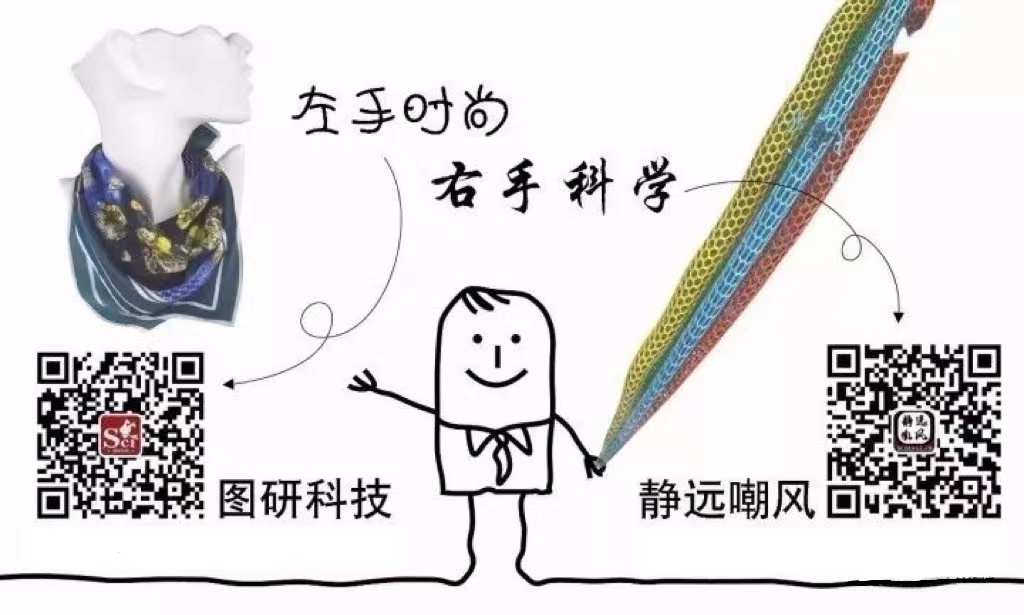
静远嘲风(MY Scimage) 成立于2007年,嘲风取自中国传统文化中龙生九子,子子不同的传说,嘲风为守护屋脊之瑞兽,喜登高望远;静远取自成语“宁静致远”,登高莫忘初心,远观而不可务远。
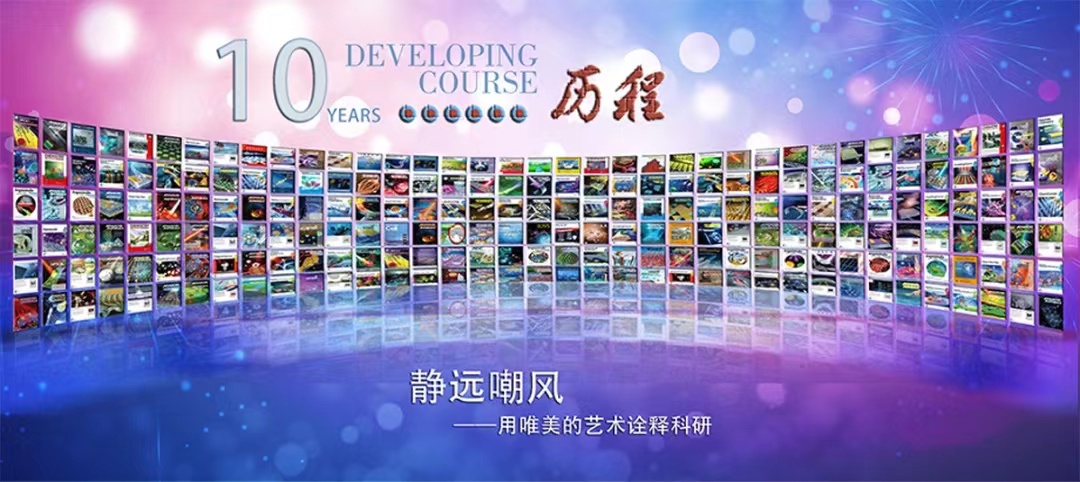
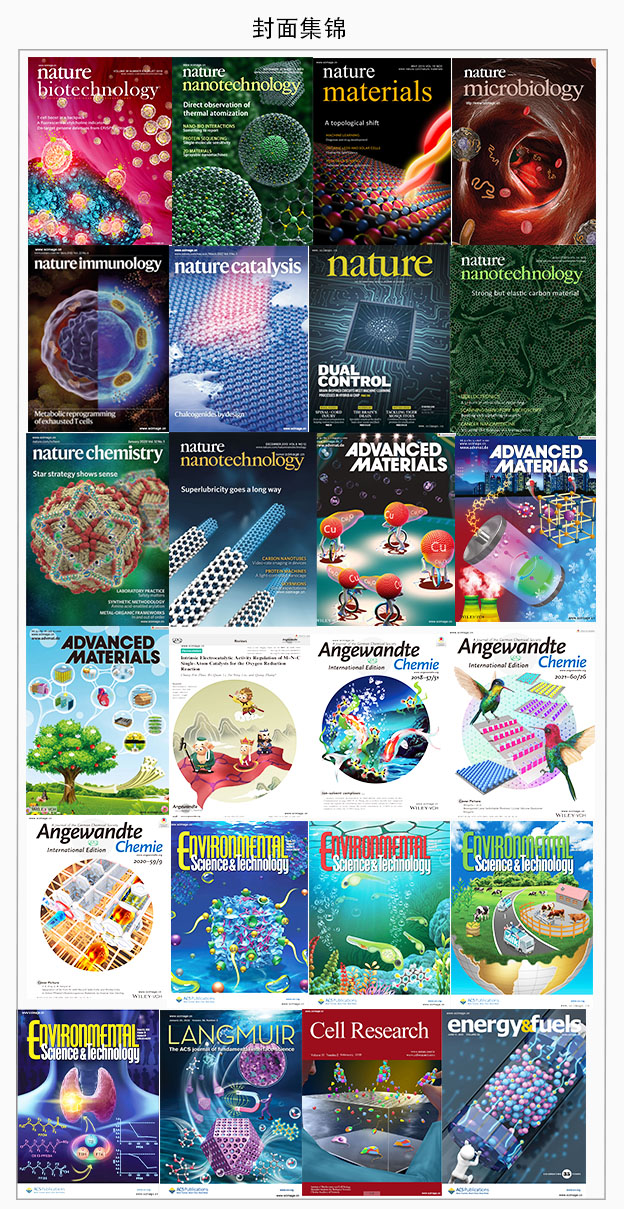
学习更多绘图教程关注:

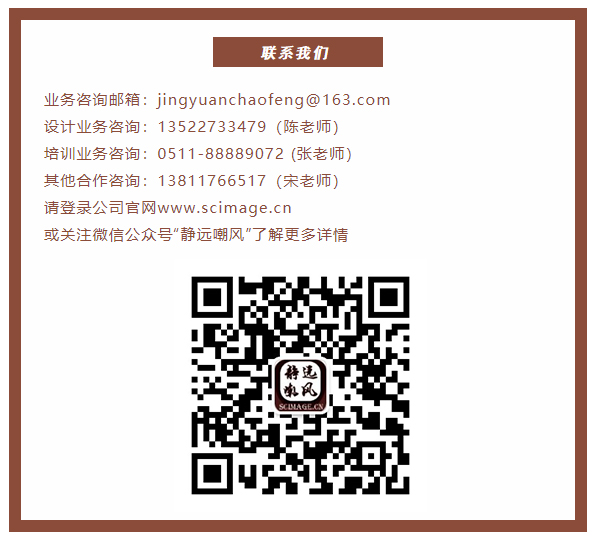
https://blog.sciencenet.cn/blog-519111-1409732.html
上一篇:2023年9月嘲风作品集(二)
下一篇:科研制图 | 如何用3dsmax绘制针叶状团簇的纳米颗粒




